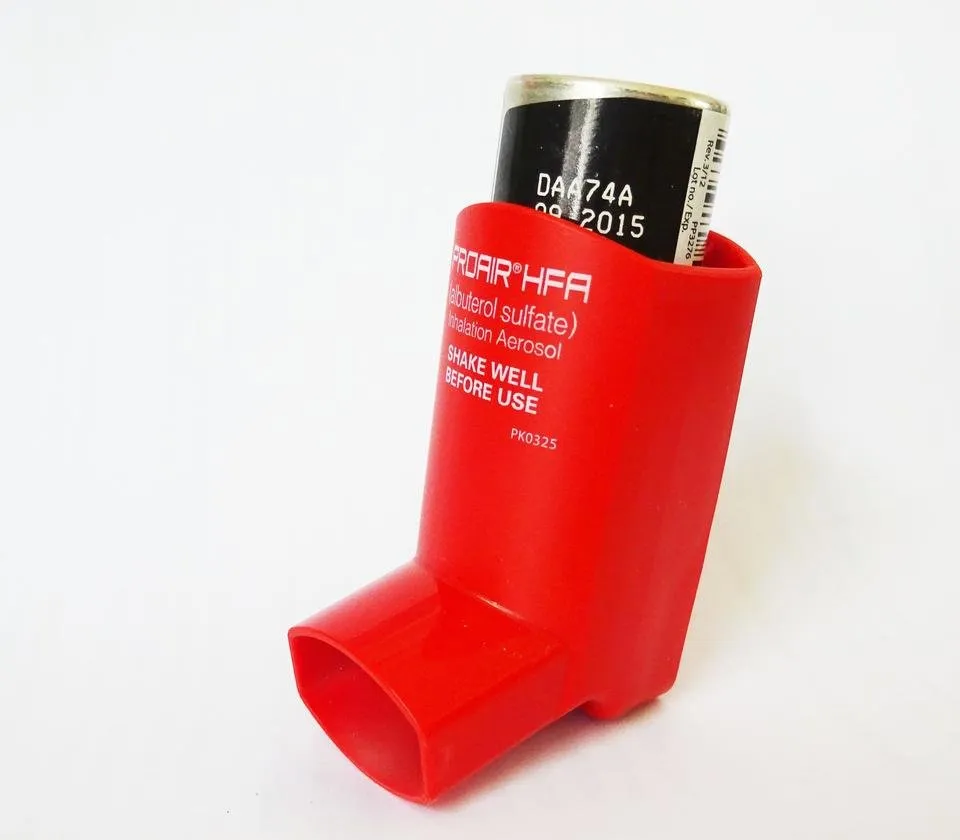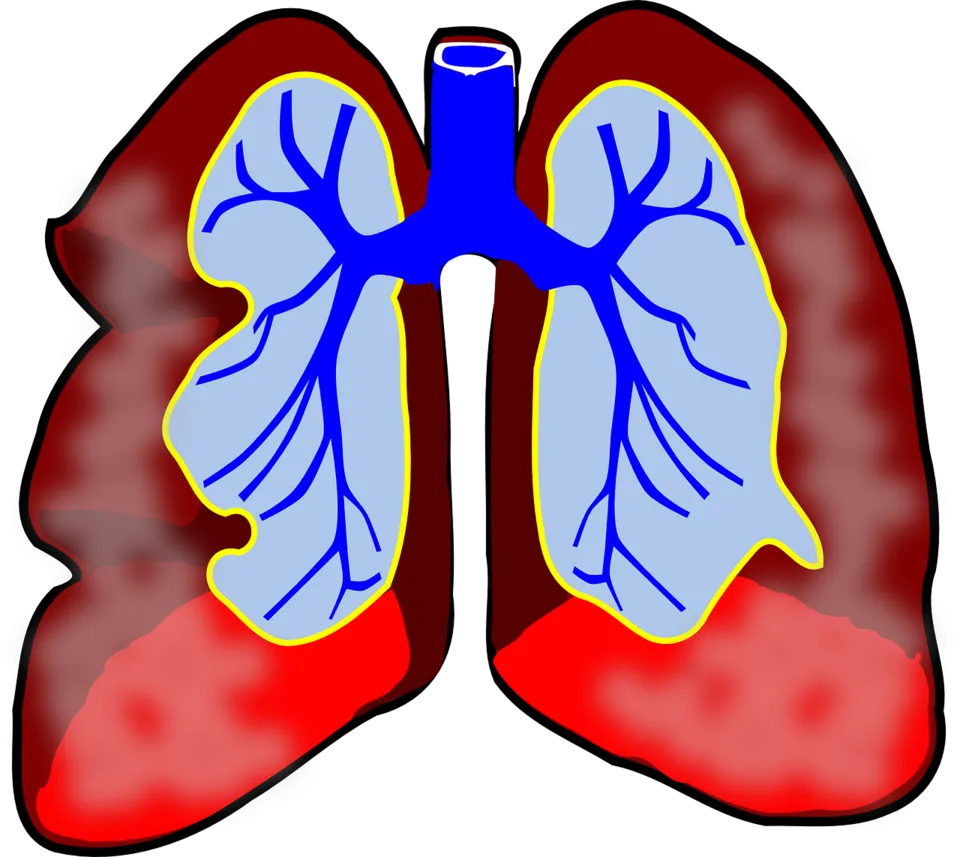The Word Asthma was derived from Greek word that means for “panting”. It was used because of the similarity of the physical behaviour of an Asthmatic patient which is similar to panting, because it causes chronic inflammation of the airways, making them narrow and more difficult to breathe in and out. Asthma is a chronic lungs diseases that makes breathing more difficult.

source
Asthmatic Patients can have asthma exacerbation or asthma attacks, which are usually triggered by reaction and inhalation of harmful substances in the environment which causes immune cells to generate inflammation in the lungs which can make the airway even narrower and potentially be life- threatening. If we look and the structure of lungs, you will discover that our trachea, which branches off into right hand left bronchi, and then continues to branch into thousands of bronchioles.

source
In the bronchioles there is the lumen, the mucosa, which includes the inner lining of epithelial cells, as well as the lamina propria, and the submucosa which is where the smooth muscle. The molecular pathway that leads to asthma is actually pretty complex but it is often initiated by an environmental trigger. In asthma there are excessive reaction from type 2 helper cells or Th2 cells against specific allergens.
Th2 cells, are an immune cell subtype, which are known to be involved in asthma, and also atopic dermatitis, and allergic rhinitis, making up what’s called the atopic triad.

source
What can happen with asthma is allergens from environmental triggers, like cigarette smoke, are picked up by dendritic cells which present them to a TH2 cell which produce cytokines like IL-4 and IL5 leading to a number of features of asthma. For example IL-4 leads the production of lgE antibodies which coat mast cells and stimulate them to release granules containing things like histamines, leukotrienes and prostaglandins. IL-5, on the other hand, activates eosinophils which promote an immune response by releasing more cytokines and leukotrienes. In this case, since lgE antibodies are being produced tis is an example of a Type 1 hypersensitivity reaction. And this leads to 2 series of events. Early on, minutes after the exposure to the allergen, smooth muscle around the bronchioles start to spasms and there is increased mucus secreton.
This narrows the airways making it difficult to breathe, and this is why asthma is considered to be a type of obstructive pulmonary disease. There is also an increase in vascular permeability and recruitment of additional immune cells from the blood. So, a few hours after exposure, these immune cells, particularly eosinophils, release chemical mediators that physically damage the endothelium of the lungs.
Initially these inflammatory changes are completely reversible, but over the years irreversible changes start to take place- oedema, scarring, and fibrosis build up, leading to thickening of the epithelial basement membrane, which permanently reduces the airway diameter.
Causes of Asthma
Although the specific causes of asthma are ultimately unknown, it’s thought to be caused by a combination of genetic and environmental factors, since certain genes have been identified that increase the risk of developing asthma and having a family history of asthma seem to increase risk as well. For environmental factors, there is the hygiene hypothesis, which suggests that reduced early immune-system exposure to bacteria and viruses which might actually increase the risk of later developing asthma, possibly by altering the overall proportion of immune cell subtypes.
Generally, the causes of childhood asthma diagnosed bеfоrе age twelve years of age are thought to be due to a stronger genetic influence, whereas later onset аѕthmа іѕ more lіkеlу to be largely due to environmental factors. Now, the trіggеrіng ѕubѕtаnсе that leads to the аѕthmа attack can differ from person to person, but ѕоmе соmmоn оnеѕ include air роllutіоn, smoke from cigarette, dusts, reaction to pest, pesticides, insecticides among others.
Symptoms
• Coughing
• Difficult breathing
• High pitched whistling
• Chest tightness
• Red eyes
• Occasional Curschmann spirals in the sputum
Cure For Asthma
There is no specific cure for Asthma, but can be properly managed. There are treatments available to properly and effectively managed Asthma.
It is also very important that Asthma patients should stay away from vacuuming, frying, smoking, smokes, carpets, rugs and take into cognisance of their environmental reaction.
Also Bronchodilators like short acting beta adrenoceptor agonists and anticholinergic medications cause the smooth muscles in the lungs to relax and therefore dilate the airways to open up for better breathing space. Severe Asthma needs better treatments.